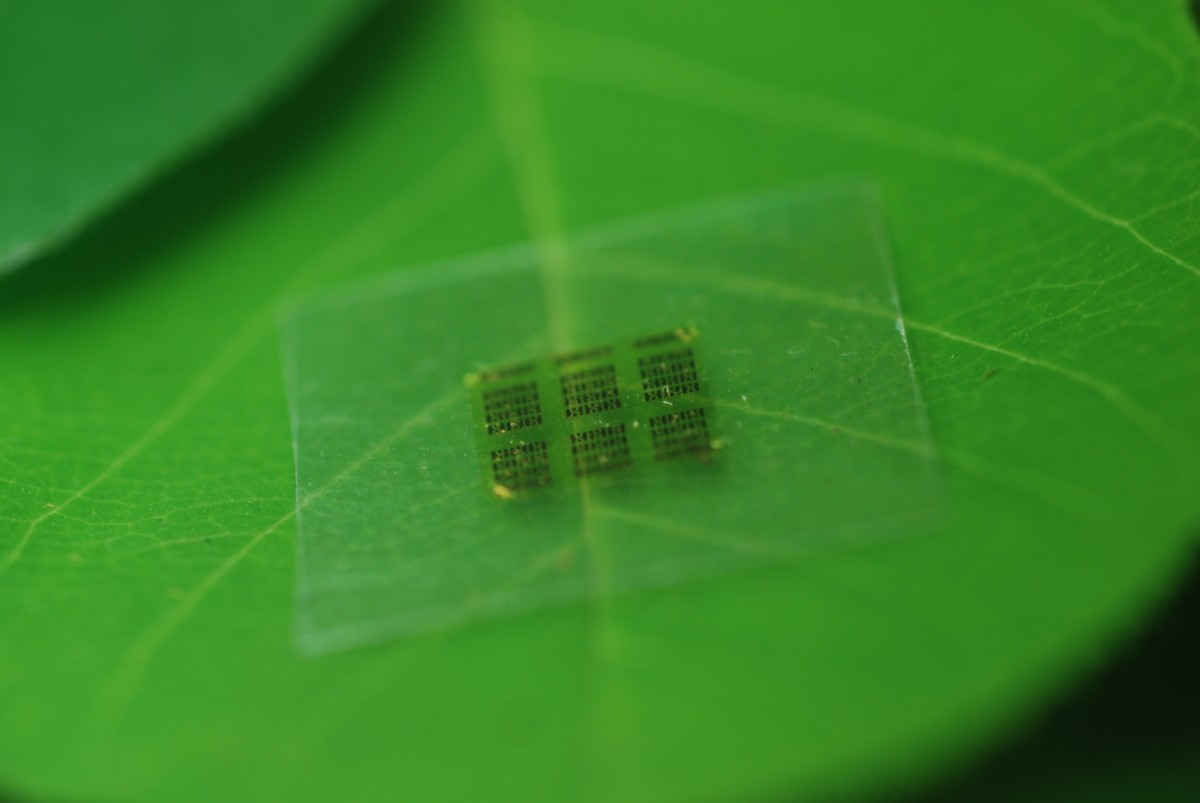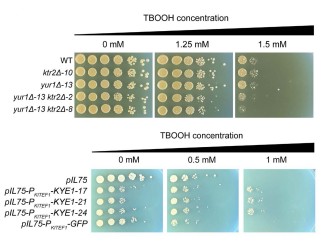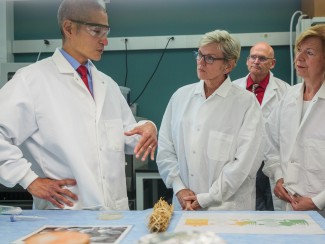
Portable electronics — typically made of non-renewable, non-biodegradable and potentially toxic materials — are discarded at an alarming rate in consumers' pursuit of the next best electronic gadget.
In an effort to alleviate the environmental burden of electronic devices, a team of University of Wisconsin-Madison researchers has collaborated with researchers in the Madison-based U.S. Department of Agriculture Forest Products Laboratory (FPL) to develop a surprising solution: a semiconductor chip made almost entirely of wood.
The research team, led by UW-Madison electrical and computer engineering professor Zhenqiang "Jack" Ma, described the new device in a paper published today (May 26, 2015) by the journal Nature Communications. The paper demonstrates the feasibility of replacing the substrate, or support layer, of a computer chip, with cellulose nanofibril (CNF), a flexible, biodegradable material made from wood.
"The majority of material in a chip is support. We only use less than a couple of micrometers for everything else," Ma says. "Now the chips are so safe you can put them in the forest and fungus will degrade it. They become as safe as fertilizer."





